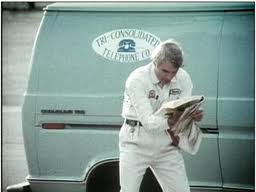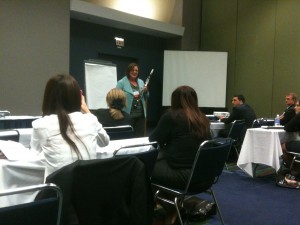 All right, who said it?
All right, who said it?
I am not interested in literature, I do not go to the theatre, and I do not listen to music. I am occupied only with theories.
Is that Professor Galamobos talking about what he did on his sabbatical leave? His advice to students taking Econ 300 during winter term? Professor Brandenberger talking about how LU professors used to be back in the day? Our new mantra for the Math-Econ major?
Not at all.
It’s Nobel Prize winning physicist, Paul Dirac, describing the work ethic that led him to international superstardom, if only he would have desired such a thing. I picked up Graham Framelo’s biography of Dirac this past summer, and I would definitely recommend it as a good read for break, or a gift to that bookworm in the family.
Here’s a short review:
 For those of you interested in an extra unit or two, next term we are offering an independent study / tutorial reading Joseph Schumpeter’s classic, Capitalism, Socialism, and Democracy. For those of you unfamiliar with the book,
For those of you interested in an extra unit or two, next term we are offering an independent study / tutorial reading Joseph Schumpeter’s classic, Capitalism, Socialism, and Democracy. For those of you unfamiliar with the book, 



 File this one under truth is stranger than, well, it’s pretty strange. The United States Food and Drug Administration (FDA), the agency responsible for regulating cigarettes — yes, you read that correctly — has proposed some innovative mandates on cigarette packaging, intended to reduce tobacco consumption.
File this one under truth is stranger than, well, it’s pretty strange. The United States Food and Drug Administration (FDA), the agency responsible for regulating cigarettes — yes, you read that correctly — has proposed some innovative mandates on cigarette packaging, intended to reduce tobacco consumption.


 Those of you who think that “quantitative easing” means that we’ve relaxed the general education requirements might consider cracking a newspaper — or the virtual equivalent.
Those of you who think that “quantitative easing” means that we’ve relaxed the general education requirements might consider cracking a newspaper — or the virtual equivalent.